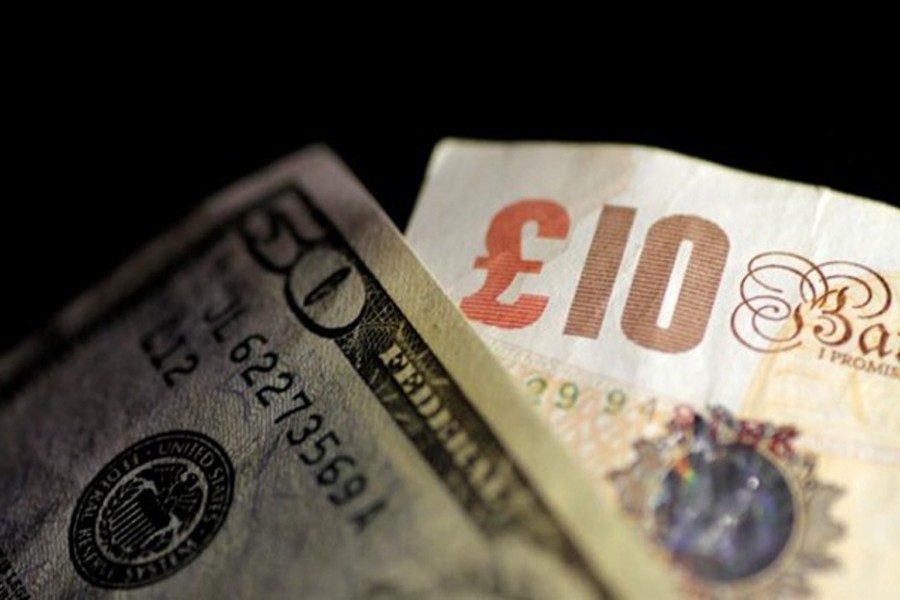The dollar took a breather on Thursday following its recent strong gains against key rivals, while sterling steadied after British Prime Minister Theresa May’s government won a no-confidence vote in parliament.
The dollar index .DXY, which measures the greenback against six major peers, was a shade higher at 96.133 after gaining about 1.0 per cent over the previous five sessions.
On January 10, the dollar almost fell below its 200-day moving average as the index touched a three-month low of 95.029. But then it bounced up, and stayed above that average.
The US currency held onto its gains against the euro EUR= as persistent worries about the euro zone economy weighed on the single currency.
Data this week showed Germany barely avoided slipping into recession in 2018’s second half, and European Central Bank chief Mario Draghi warned on Tuesday that economic developments in the euro zone have been weaker than expected.
The dollar was trading basically flat against the euro at $1.1388 after rising five straight sessions against the single currency, during which it gained about 1.5 per cent.
Catching investors’ attention was a report in the Wall Street Journal that US federal prosecutors were investigating Huawei Technologies [HWT.UL], for allegedly stealing trade secrets from US businesses and could soon issue an indictment.
Also in focus were concerns the US government shutdown was starting to take a toll on its economy, while investors awaited more cues from the Federal Reserve after a growing number of its officials expressed caution about further rate hikes.
“There’s a lot of speculation that we’ve seen the end to the rate-hike cycle and many people are even talking about rate cuts this year,” said Bart Wakabayashi, Tokyo branch manager at State Street Bank.
“The immediate is going to be the messaging from the Fed plus of course their action,” he said. “If we’re assuming that the market is still long dollars, any sort of change in that is going to have a pretty lasting effect.”
The US central bank’s Federal Open Markets Committee will hold the next policy-setting meeting on January 29-30.
Businesses across the United States have become less optimistic in recent months, the Fed said on Wednesday in a report on the economy that supports Chair Jerome Powell’s pivot to more “patience” on interest rate hikes.
The dollar edged lower to 109.00 yen JPY=.
The British pound was stable after May survived the no-confidence vote and invited other party leaders for talks to try to break the impasse on a Brexit withdrawal deal after the proposal she presented was voted down by lawmakers on Tuesday.
An outline for May’s Plan ‘B’ is due by Monday and the market assumes there will have to be an extension of the Article 50 exit date past March 29.
“It’s unlikely there will be big changes to May’s plan, so parliament is likely to oppose it as well,” said Yukio Ishizuki, senior currency strategist at Daiwa Securities.
Sterling was last trading at 88.42 pence per euro EUROGBP=, hovering close to a seven-week high of 88.37 pence touched during the previous session, Reuters reported.
Against the dollar GBP=D4, it was basically flat at $1.2872, close to a two-month high of $1.2930 hit at the start of the week.
May said late on Wednesday the opposition Labour Party had yet to discuss a new approach to Brexit with her and urged politicians to put self-interest aside to work to break the impasse.
Wakabayashi of State Street Bank said that on the euro and sterling, “I don’t really see why you would responsibly be heavily positioned either way when you’ve this unknown Brexit.”
“I wouldn’t be overexposed either way when there’s such a large question mark,” he said.


